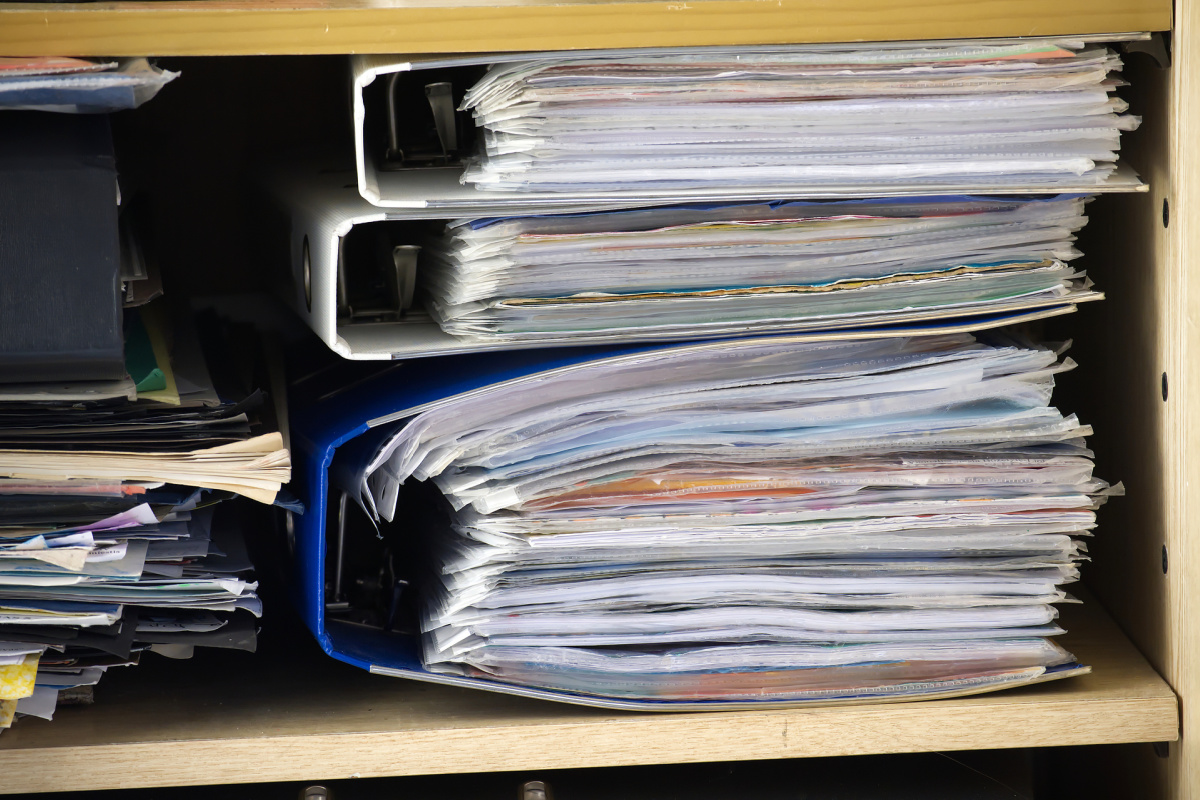Doesn’t happen often. But, when it does, expect a potential s*%#storm.
Patient is anxious about the mole on his back. A dermatologist removes the mole and sends the specimen to the lab. Rule in or rule out melanoma. The lab says it never received the specimen. The dermatologist then does full excision. Then the doctor and patient discuss the pros and cons of doing a metastatic melanoma workup. Not a fun day at the OK Corral.
A urologist performs a cystoscopy on a patient with hematuria. He identifies a fungating mass, removes what he sees, then takes tissue to learn whether the mass is more invasive than expected. It’s nursing shift change and the circulator drops the ball. The specimen never makes it to the lab.
Fortunately, for many cases, the ramifications of losing a specimen are not horrific. It’s embarrassing. And it causes the patient to lose faith. But, frequently, care can still be rendered. And often, the inconvenience of obtaining another specimen is not life-altering.
Problem related to surgical specimens are not limited to getting lost. They are sometimes mislabeled. The laundry list of mislabels include:
a. No label
b. No specimen
c. Incorrect laterality
d. Incorrect tissue site
e. Incorrect patient
f. No patient name
g. No tissue site
h. No clinical history
How do you sidestep this?
Include a verification step to check-out the specimen the same way blood products are checked-in before transfusion.
The nurse reads back the patient name, specimen name, and laterality (if relevant). Surgeon confirms and documents at the end of the case. The names of all parties who participated in the “chain of custody” should be known and recorded.
What about chain of custody for specimens sent to outside labs?
Document the specifics of the specimen and to whom it was handed off and when. So, if Fed Ex or UPS pick it up, keep a record of that. Once the delivery service has picked it up, liability should transfer to them if lost.
Remember the Tom Hanks movie Castaway? If so, you’ll remember a Fed Ex plane crashes. Hanks’ character, who was overseeing the air transport, survives on an island. Eventually he makes it back to land. The movie closes with him delivering one of the packages that never made it to the intended recipient.
I’m trying to imagine a different ending. Hanks’ takes surviving lab specimens and delivers them to pathology lab. I doubt that would have been a happy ending.





Absolutely correct, all of these things can happen. In my 40 years of experience, I have seen or heard about things such as:
1) A liver biopsy being lost between an Ambulatory Surgical Center and the Pathology laboratory! (Solution: If possible, have a staff member personally deliver high value specimens such as this.)
2) Two prostate biopsies from two different patients were mislabeled, with result that a man ultimately had his normal prostate removed. (Solution: Never start a case until all paperwork and labels from the previous case have been removed from the room.)
3) A woman recovering from a biopsy, and left alone briefly after the procedure, sits up and drinks from an open glass on the table next to her. This glass contained formalin used to preserve her biopsy specimen, and she suffered severe esophageal burns. (No defense for this, of course.)
Unfortunately these things are an afterthought. Time pressure to get the patient to the room results in staff rushing and room is not completely cleared of stickers from the last case. Or the anesthesiologist is not ready and the patient is rolling into the room. The new check in procedures should work if they are followed. But, are they always? Having an RN as opposed to a clerk or cleaning person deliver the pathology specimen direct to pathology and observing until the specimen is properly logged in (not just left on the desk) would go a long way to solving this. So would documentation forms on each end documenting the check out steps from the OR and the check in steps to the pathology lab. Procedures have to be created for each facility that are facility specific and help to prevent the negative outcomes of lost specimens. Treat it as though it were a chain of custody item. Once the forms and procedures are in place, practice and critique them. Track who handles them on both ends. Create that paper trail. Better than then having a patient receive unnecessary surgery, or have a patient die prematurely for failure to diagnose because of a lost pathology specimen.
There is one more thing to check when sending patient specimens – The expiration date on the specimen medium container. Formaldehyde does not spoil. However, some of the other specimen media do expire, and you can guess what the lab will do with the specimen if it arrives in an expired medium – file under G.